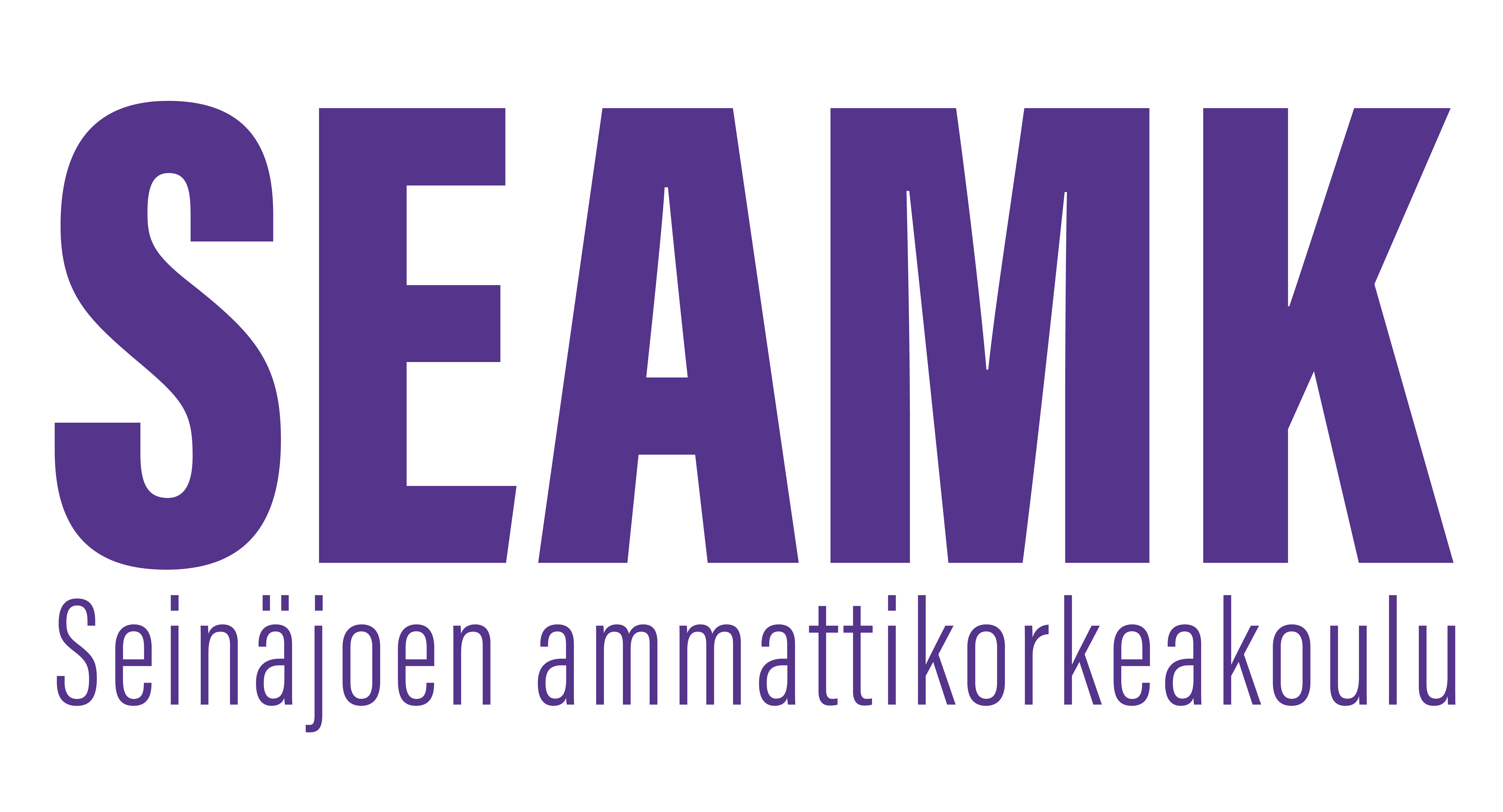Elektroniikan perusteet (3op)
Toteutuksen tunnus: KL25AB10101-3021
Toteutuksen perustiedot
- Ilmoittautumisaika
- 11.11.2024 - 19.02.2025
- Ilmoittautuminen toteutukselle on päättynyt.
- Ajoitus
- 03.03.2025 - 27.04.2025
- Toteutus on päättynyt.
- Opintopistemäärä
- 3 op
- Lähiosuus
- 3 op
- Toteutustapa
- Lähiopetus
- Yksikkö
- SeAMK Automaatio- ja tietotekniikka
- Toimipiste
- SeAMK Seinäjoki, Frami
- Opetuskielet
- suomi
- Koulutus
- Insinööri (AMK), Automaatiotekniikka
- Opettajat
- Marko Hietamäki
- Ryhmät
-
AUTE24BInsinööri (AMK), Automaatiotekniikka
- Opintojakso
- KL25AB10101
Arviointiasteikko
1-5
Tavoitteet
Opintojakson suoritettuaan opiskelija osaa yleiset tiedot elektroniikan peruskomponenteista, osaa tehdä yksinkertaisia kytkentöjä: suotimia ja vahvistimia, osaa laskea ja mitata kytkentöjen toiminnat ja komponenttien ominaisuudet. Opiskelija oppii suunnittelemaan elektroniikkaa kustannustehokkaasti ja taloudellisesti. Opiskelija tietää kansainväliset elektroniikan suunnittelustandardit.
Sisältö
Perustiedot passiivisista ja aktiivisista komponenteista, erillispuolijohteista, operaatiovahvistimista ja optisista komponenteista. Yleisimmät kytkentätavat, testikytkennät, kytkentöjen mittaukset ja analysointi. Mittausraporttien teko.
Oppimateriaalit
Verkkomateriaali.
Haiko Timo, Analoginen elektroniikka
Opetusmenetelmät
Luennot ja harjoitukset
Arviointikriteerit, tyydyttävä (1)
Opiskelija osaa opintojakson perusasiat. Opiskelija tuntee yleisesti eletroniikan peruskomponentit ja niiden toiminnan
Arviointikriteerit, hyvä (3)
Opiskelija osaa opintojakson asiat hyvin. Opiskelija tuntee yleisesti elektroniikan peruskomponentit ja niiden toiminnan. Opiskelija oppii suunnittelemaan elektroniikkaa kustannustehokkaasti ja taloudellisesti. Opiskelija tietää kansainväliset elektroniikan suunnittelustandardit.
Arviointikriteerit, kiitettävä (5)
Opiskelija osaa opintojakson asiat hyvin ja osaa soveltaa niitä käytäntöön. Opiskelija tuntee yleisesti elektroniikan peruskomponentit ja niiden toiminnan. Opiskelija oppii suunnittelemaan elektroniikkaa kustannustehokkaasti ja taloudellisesti. Opiskelija tietää kansainväliset elektroniikan suunnittelustandardit. Opiskelija osaa käyttää kurssin tietoa sulautettujen laitteiden suunnittelussa.
Esitietovaatimukset
Edeltäviä opintoja ei tarvita.
